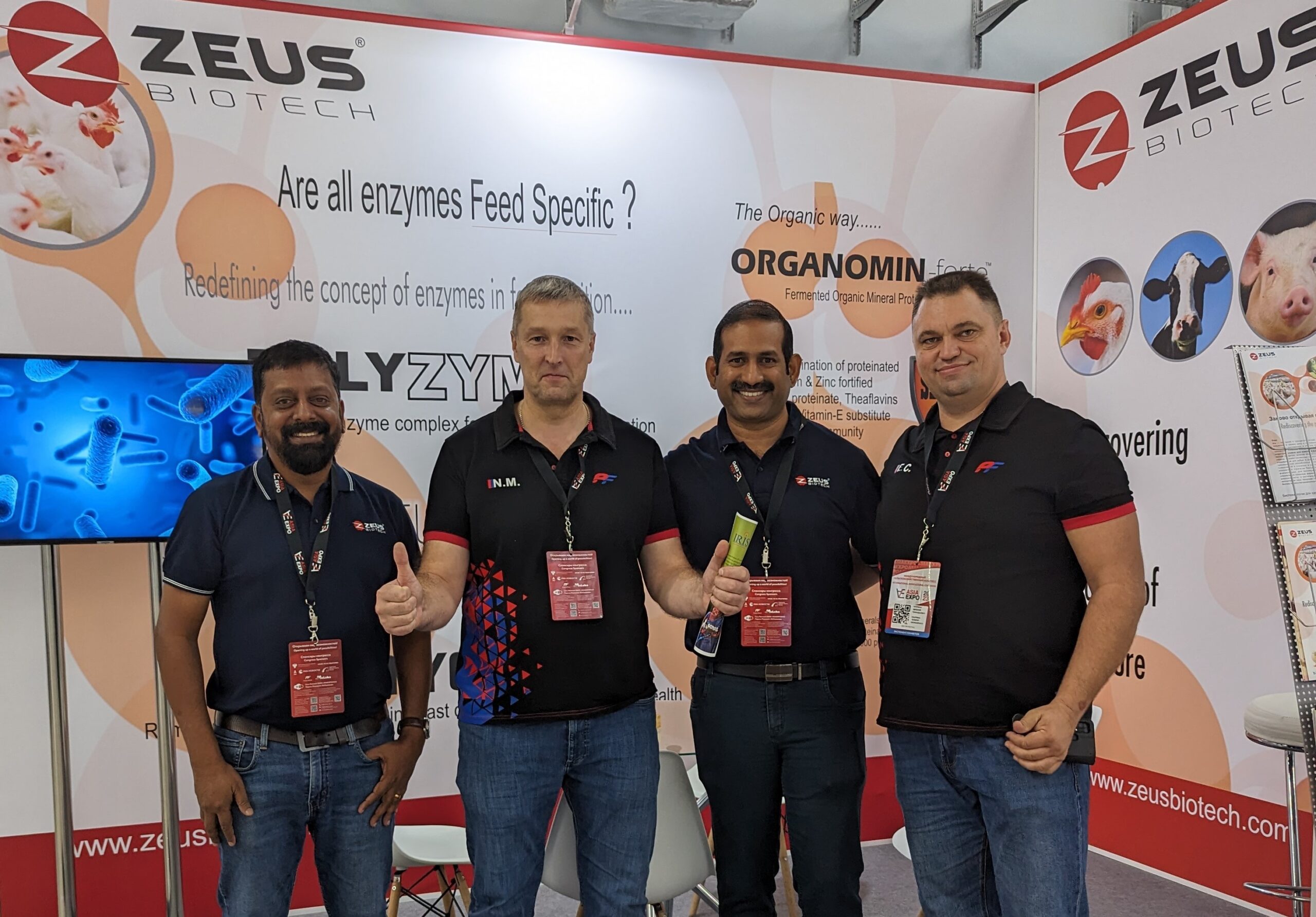Mycotoxins pose significant challenges in animal feed production and livestock farming. These toxic compounds are produced by certain fungi that can contaminate various agricultural commodities, including grains, silage, and hay.
Here are some key points regarding mycotoxin challenges in feed:
Health Risks: Mycotoxins can have detrimental effects on animal health, leading to reduced growth rates, decreased feed efficiency, impaired immune function, and even mortality. Additionally, mycotoxins can be transferred to humans through the consumption of contaminated animal products, posing risks to human health as well.
Wide Range of Toxins: There are numerous types of mycotoxins, each with its own unique properties and effects. Some of the most common mycotoxins include aflatoxins, ochratoxin A, deoxynivalenol (DON), zearalenone, and fumonisins.
Occurrence: Mycotoxin contamination can occur at various stages of the production chain, including during cultivation, harvest, storage, and processing. Factors such as environmental conditions (temperature, humidity), crop management practices, and storage conditions can influence the growth of fungi and the production of mycotoxins.
Regulatory Standards: Regulatory agencies around the world have established maximum allowable levels of mycotoxins in feed and food products to protect animal and human health. Compliance with these regulations is essential for producers and feed manufacturers.
Prevention and Control: Preventing mycotoxin contamination requires a multifaceted approach. This may include implementing good agricultural practices (GAPs) during cultivation, proper storage conditions (temperature, humidity control, proper ventilation), regular monitoring and testing of feed ingredients, and the use of mycotoxin binders or detoxifiers in feed formulations.
Testing and Analysis: Regular testing and analysis of feed ingredients and finished feed batches are crucial for detecting mycotoxin contamination. Various analytical techniques, such as high-performance liquid chromatography (HPLC) and enzyme-linked immunosorbent assay (ELISA), can be used to quantify mycotoxin levels.
Economic Impact: Mycotoxin contamination can result in significant economic losses for livestock producers due to reduced animal performance, increased veterinary costs, and potential market rejection of contaminated products.
Research and Innovation: Ongoing research efforts focus on developing new strategies and technologies to mitigate mycotoxin contamination in feed and food chains. This includes the development of resistant crop varieties, biological control methods, and innovative detoxification techniques.
Overall, mycotoxin contamination remains a persistent challenge in animal feed production, requiring continuous vigilance and proactive management strategies to minimize its impact on animal and human health as well as economic sustainability in the agricultural sector.







